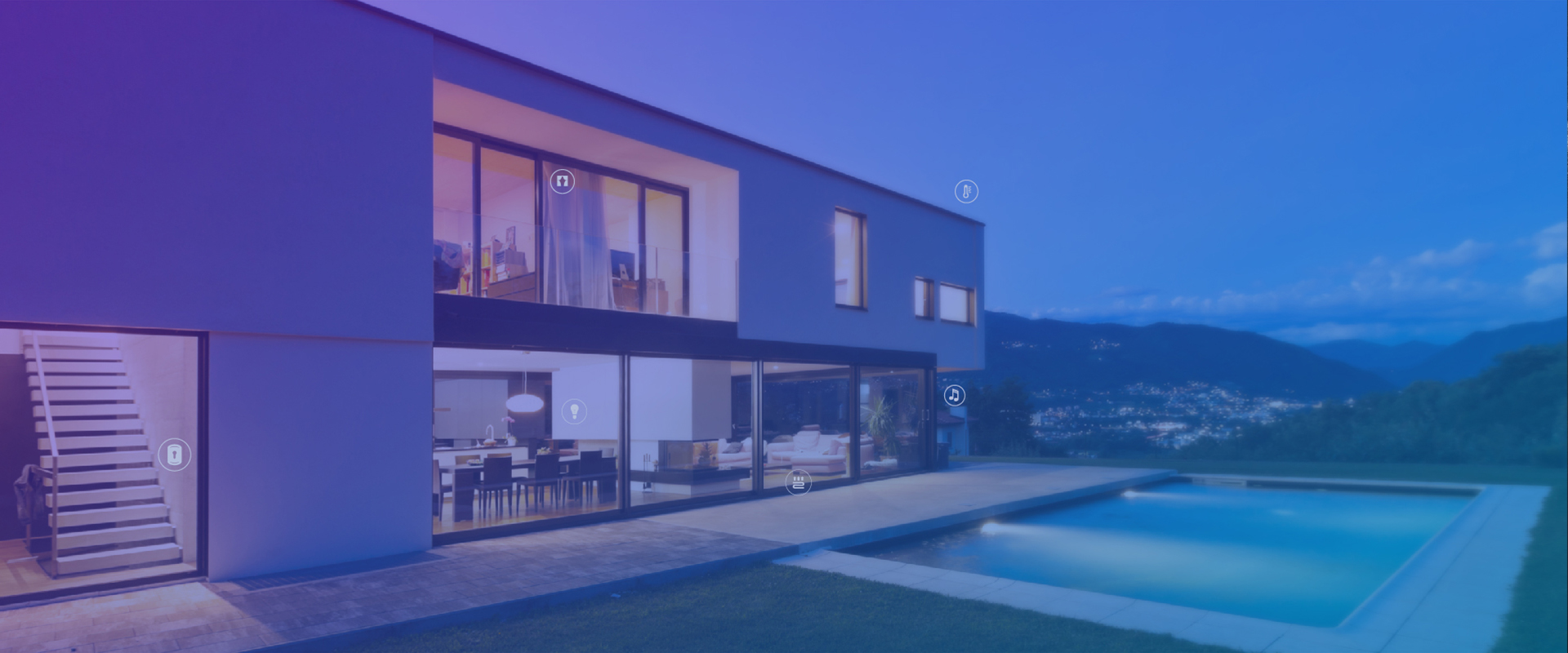As we step into 2024, the home automation system is becoming an integral part of modern living. With advancements in technology, these systems are not just about convenience; they are redefining how we interact with our homes. This article delves into the top trends shaping the future of home automation, ensuring you stay informed and ready to embrace these innovations.

1. Enhanced Security Features
One of the most significant trends in home automation systems is the integration of advanced security features. Homeowners are increasingly concerned about safety, prompting the development of smart locks, surveillance cameras, and alarm systems that can be monitored remotely. But how do these systems work?
- Smart locks allow keyless entry and can be controlled via smartphones.
- Surveillance cameras provide real-time video feeds, accessible from anywhere.
- Alarm systems can send alerts directly to your phone in case of a breach.
These features not only enhance security but also provide peace of mind for homeowners.
2. Energy Efficiency and Sustainability
Another prominent trend is the focus on energy efficiency. The home automation system can significantly reduce energy consumption through smart thermostats and lighting controls. For instance, smart thermostats learn your schedule and adjust the temperature accordingly, ensuring optimal energy use.
- Smart lighting systems can be programmed to turn off when rooms are unoccupied.
- Energy monitoring tools help track usage and identify areas for improvement.
By adopting these technologies, homeowners can contribute to sustainability while saving on energy bills.
3. Voice Control and AI Integration
Voice control is revolutionising the way we interact with our home automation systems. With the rise of AI assistants like Amazon Alexa and Google Assistant, controlling various devices has never been easier. Imagine being able to adjust your thermostat or turn on the lights simply by speaking. This level of convenience is not just a luxury; it is becoming a standard expectation.
Furthermore, AI integration allows for predictive analytics, enabling systems to learn from user behaviour and automate tasks accordingly. This means that your home can adapt to your preferences over time.
4. Interconnectivity and IoT
The Internet of Things (IoT) is at the heart of modern home automation systems. Devices are now interconnected, allowing for seamless communication between them. This interconnectivity means that your smart fridge can notify you when you are running low on groceries, or your security system can alert you if a window is left open.
Such integration not only enhances functionality but also creates a more cohesive living experience. Homeowners can manage their entire ecosystem from a single app, simplifying control and monitoring.
In conclusion, the future of home automation systems is bright and full of potential. As technology continues to evolve, so too will the ways in which we interact with our living spaces. For those looking to explore these innovations further, consider visiting  for comprehensive solutions tailored to your needs.
for comprehensive solutions tailored to your needs.






